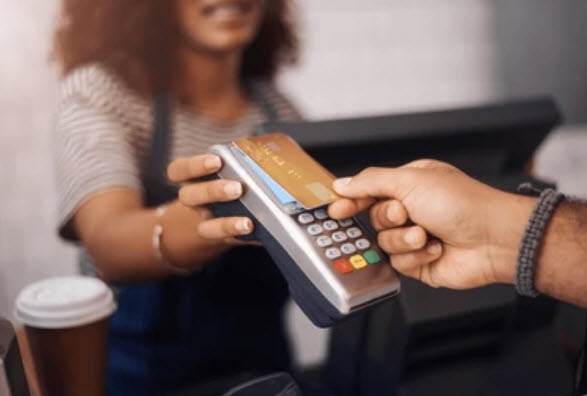What Is a Payment Gateway and Why It Matters for Your Business
In today’s digital-first economy, businesses of all sizes need reliable and secure ways to accept payments. Whether online, in-store, or on the go, a payment gateway is the technology that makes modern transactions possible. It acts as a digital bridge between your business, the customer’s payment method, and the financial institutions involved in authorizing and completing the transaction.
Customer ➝ Website/POS ➝ Payment Gateway ➝ Bank ➝ Approval ➝ Merchant
How a Payment Gateway Works
A payment gateway securely transmits transaction information from your point-of-sale (POS) system or website to the payment processor and customer’s bank. Once the transaction is approved, the funds are moved to your account, all in a matter of seconds. This process happens behind the scenes and ensures both speed and security during every sale.
Payment gateways support various payment methods, including credit and debit cards, digital wallets, and contactless payments. They are used by e-commerce sites, mobile apps, and physical retail stores alike.
Benefits of Using a Payment Gateway
Integrating a payment gateway into your business offers several key advantages:
- Security: Gateways encrypt sensitive customer data and use fraud detection tools to protect transactions, giving both merchants and customers peace of mind. Stripe provides an excellent overview of gateway security standards.
- Speed and Efficiency: Transactions are processed in real-time, reducing delays and manual entry errors. This allows businesses to streamline checkout and focus on serving customers.
- Customer Confidence: Offering secure, seamless payment options increases trust and encourages repeat business.
- Payment Flexibility: Modern gateways support multiple payment types and currencies, making them ideal for businesses serving a wide range of customers locally or globally.
- Scalability: As your business grows, gateways can scale with you by offering additional features like recurring billing, mobile integration, and advanced reporting.
For more insight into how payment gateways have evolved to meet customer expectations, see The Evolution of Payment Gateways: Adapting to Changing Consumer Behavior.
How to Choose the Right Payment Gateway
When selecting a payment gateway, consider the following factors:
- Compatibility: Make sure the gateway works seamlessly with your existing systems or platforms (POS, website, app).
- Security Features: Look for features like encryption, tokenization, and real-time fraud monitoring.
- User Experience: A smooth, fast checkout process reduces cart abandonment and improves customer satisfaction.
- Support and Reporting: Choose a gateway that offers real-time reporting and responsive customer support.
- Cost Structure: Understand the gateway’s fees—including transaction fees, monthly charges, and any setup costs.
DCCSupply’s Role in Supporting Payment Gateways
At DCCSupply, we provide a wide range of gateway-compatible payment devices, including wireless terminals, countertop terminals, and contactless payment readers. Whether you're launching a new payment system or upgrading your current setup, our devices are designed to integrate with today’s most trusted gateways.
We also offer the expertise to help you choose the right hardware for your business environment, ensuring reliability, compatibility, and scalability.
Final Thoughts
A payment gateway is a critical part of modern commerce. By choosing the right solution and pairing it with reliable hardware from DCCSupply, you can offer your customers secure, smooth, and efficient payment experiences every time.
🛒 Explore payment devices and POS solutions at DCCSupply to get started today.

